
Subscription-based services and SaaS applications have been gaining momentum for the last 10 years, however, the life sciences industry has been slower in adopting these new ways of working. Companies are only now realizing the true benefits of leveraging SaaS applications and adopting them as the new standard for software systems
Software as a Service applications typically alleviate a lot of the technical burdens that traditional on-premise systems may have. However, it's not all smooth sailing. You will still require a careful amount of planning and management to ensure you're on-boarded and using the system with no delays or hitches.
The following information is a continuation of our original article and looks at the essential steps you'll need to take during the onboarding process to ensure everything goes as planned.
Step 1: Internal project lead to meet with Vendor PM
As part of Step 5 from our previous article on preparing for onboarding, we recommended selecting an internal project lead as part of your onboarding team. At this point in the process, you’re about to begin onboarding and should organize an introductory call between the Vendor Project Manager (PM) or Customer Success Manager and the internal project lead. The goal of this meeting is to confirm the project scope, assumptions, and discuss some of the project related tasks that need to be completed. We also recommend communicating the contact details of the members of your onboarding team to the vendor PM so that they can address specific project communications with the right individuals.
Step 2: Begin completing project/system documentation
As an outcome of the initial call between your internal project lead and the vendor PM, you should now have a good understanding of the upcoming tasks and planned activities. It’s also at this stage that the vendor PM will begin providing you with a minimum set of documents that accompany the system. This could also include a set of pre-defined SOPs that need to be completed and adapted to your organization.
Involve the entire onboarding team in this process and delegate tasks to complete sections of the documents. This documentation is delivered for a reason, so to avoid delays you’ll want to finish this as soon as possible.
Note: It’s important to note that this documentation could be delivered after the project kick-off meeting, which we will dive into in the next step.
Step 3: Kickoff meeting between your vendor and your onboarding team
 Now that the coordinators from both sides have met and addressed the project scope, it’s time to begin the onboarding process with the entire onboarding team. It’s the internal project lead’s responsibility to communicate the full scope of the project as confirmed with the vendor, and determine how the onboarding documentation will be managed. At this stage you'll truly appreciate how much service is a vital component to your success with your new SaaS solution.
Now that the coordinators from both sides have met and addressed the project scope, it’s time to begin the onboarding process with the entire onboarding team. It’s the internal project lead’s responsibility to communicate the full scope of the project as confirmed with the vendor, and determine how the onboarding documentation will be managed. At this stage you'll truly appreciate how much service is a vital component to your success with your new SaaS solution.
It can also be beneficial to create a collaborative communication site using a tracking tool to document comments, concerns and the status of project tasks internally.
During the kickoff meeting, the vendor PM will most likely take you through an overview of the onboarding process and schedule some key dates, training activities and project milestones. It’s important to understand from the vendor when you’ll be required to complete projects tasks to ensure you stay on track with the project timeline. Poorly planned milestones and overdue tasks can lead to project delays.
Step 4: Schedule & Attend Super User Training Sessions
 As most SaaS vendors will provide training in a “train the trainer” format, it’s imperative that you get your entire onboarding team and key SMEs to attend planned training sessions. This will enable your super users to get up to speed on how to use the system. Keep in mind, once onboarding is complete, these users will also be responsible for training the end-users, and so missing these sessions could hurt your future training activities.
As most SaaS vendors will provide training in a “train the trainer” format, it’s imperative that you get your entire onboarding team and key SMEs to attend planned training sessions. This will enable your super users to get up to speed on how to use the system. Keep in mind, once onboarding is complete, these users will also be responsible for training the end-users, and so missing these sessions could hurt your future training activities.
Go into training with an open mind…
Like any new software product, there will be a minimum amount of culture change required to get users working in the system efficiently. It’s important that your onboarding team embarks on training with an open mind and attempts to visualize how the system will work in their departments. Bear in mind that a change like this may reduce or remove some steps that were present in your paper process – and that’s okay. You may find making notes during these sessions helpful, detailing where you foresee potential changes in your business process to ensure you’re able to work properly in the system when you go live. This will include verifying that your SOPs are still relevant and see if they need to be updated.
Nip issues or confusion in the bud immediately…
While having an open mind is key, understanding where future issues may arise is equally important. It’s critical that any confusion or issues that are not clear during training get addressed immediately. Ask questions when you feel necessary, or detail your questions in an email and forward them to the trainer or your internal project lead after the session has ended.
Request and distribute training material…
Most good vendors will provide you with training documentation or other training media that can be delivered after the training has finished. This is an excellent way to provide an instant reminder of all process steps or to give super users a refresher.
If you’re a Montrium Connect subscriber, you’ll be familiar with the Help Center, an on-demand training environment with videos, FAQs and quick reference guides on how to use each of our applications.
Step 5: Tie up loose ends – Complete all final project tasks
Depending on your validation plan and validation approach, you may need to complete some testing based on your user requirements. Going through these testing exercises can often work as a training refresher, putting what you’ve learned into practice - shattering that learning curve.
While many vendors will claim to provide you with a pre-validated system – this by definition is nearly impossible. In short, all systems that you use will need to be validated for your intended purpose – your vendor can’t do this without you. All SaaS software in the life sciences will need to go through some level of validation for the system to be considered compliant. We think it’s valuable that every client is involved in this process, for transparency, but also for peace of mind.
Personalizing the system to your organization…
Now that you’ve completed your validation tasks, it’s time to begin modifying the information within the system to reflect how your organization is structured. This would include elements such as department names, employee lists, and user groups. It’s at this point that you would begin creating accounts for your entire team. There may be more information that needs to be added to the system depending on the structure of your organization and how you plan to use the new system.
Getting all of these operational parameters iron tight now will make any migration effort and full end-user onboarding much smoother. Some vendors may provide tools to expedite the migration process. You may also need to decide if you will be undertaking this effort internally or working with your vendor to populate the content together.
Begin to adapt your SOPs…
Now that you have an idea of how the system works you can modify your SOPs, complete them and get them finalized. While you may be reluctant to update these procedures with the introduction of your new system, the way you operate will probably change significantly, and updating them will benefit you in the long run.
Once you’ve completed the validation efforts and updated your SOPs, you shouldn’t be far away from actually using the system. At this point, it’s important that you receive an official notification that you’re moving from onboarding to operational use from your vendor. Make sure you roll this communication out to your onboarding team and other end-users.
As part of your transition out of onboarding, you’ll most probably be given information on how to troubleshoot or contact support if any issues arise. For the most part, your super users will act as first line support and will troubleshoot minor issues such as password resets and login issues. Make the contact details of these users available in any presentations you plan to make to the greater team.
Once the onboarding process is complete, you should actually begin to plan out how you’ll maintain momentum once you’ve gone live. We discuss some of the key considerations for post-onboarding in the 3rd and final article in this series.
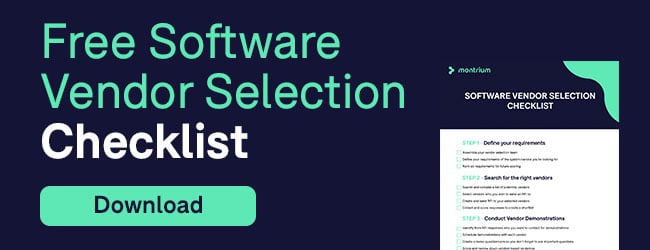
You can view other related articles here:
Stefanie Wu
With a degree in Chemical Engineering from McGill University in Montreal, Stephanie has 7 years of experience in business analytics, as well as the verification and validation space.







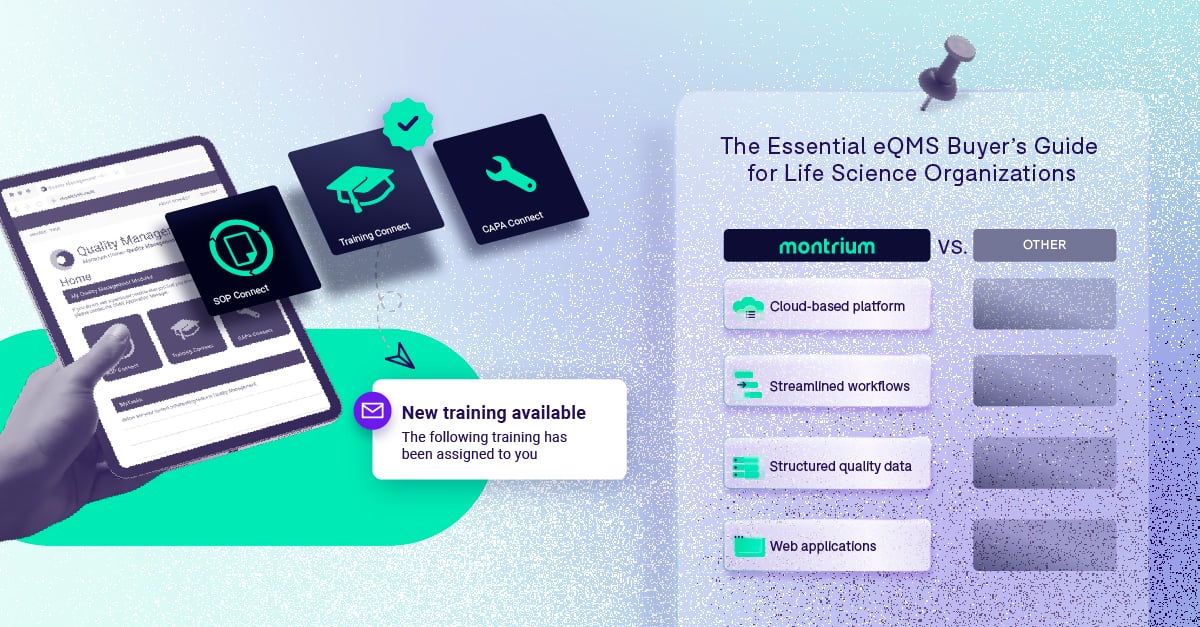
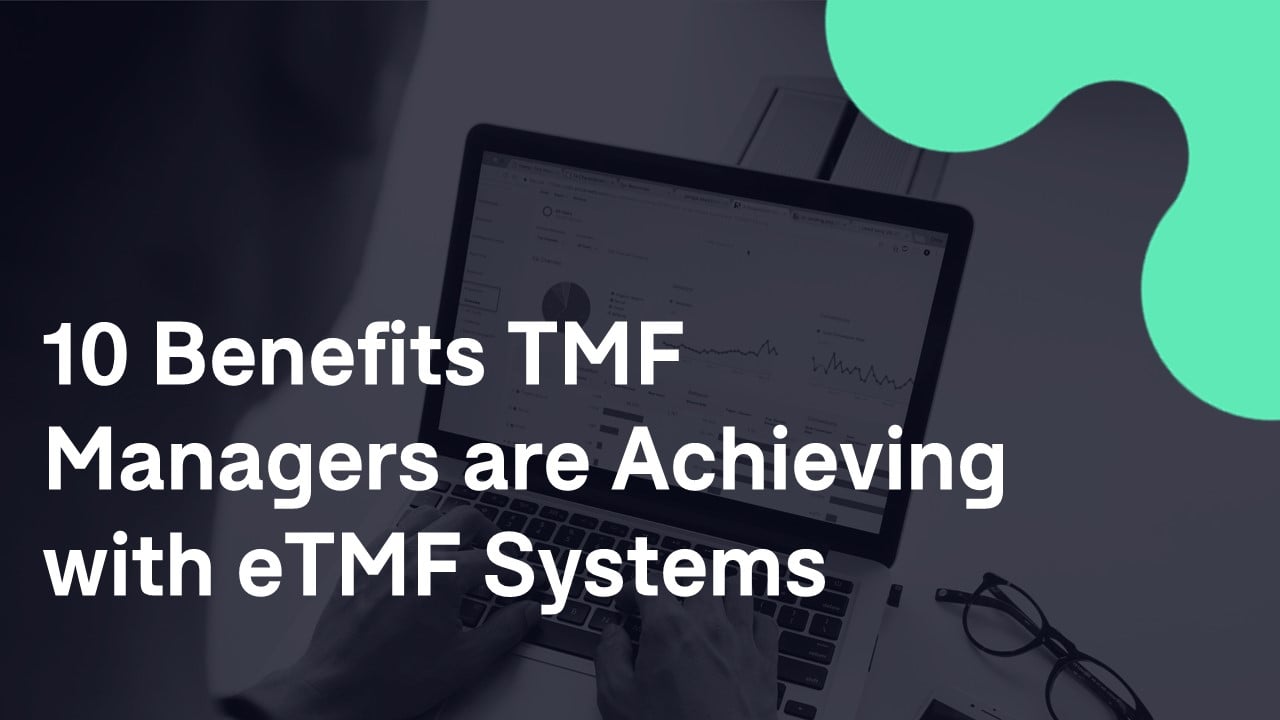
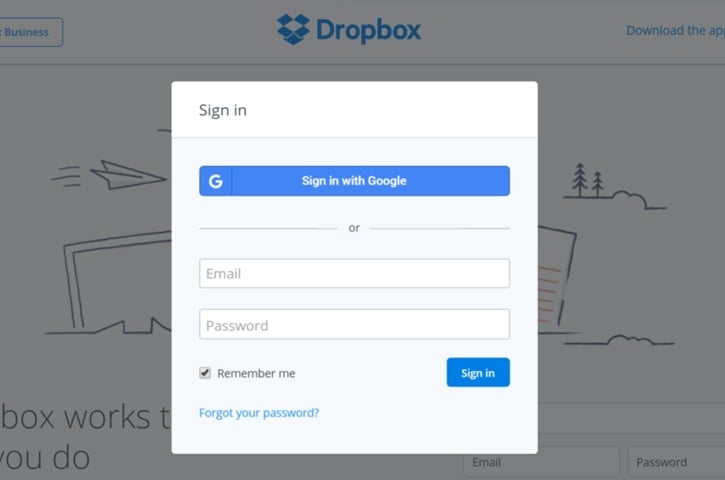
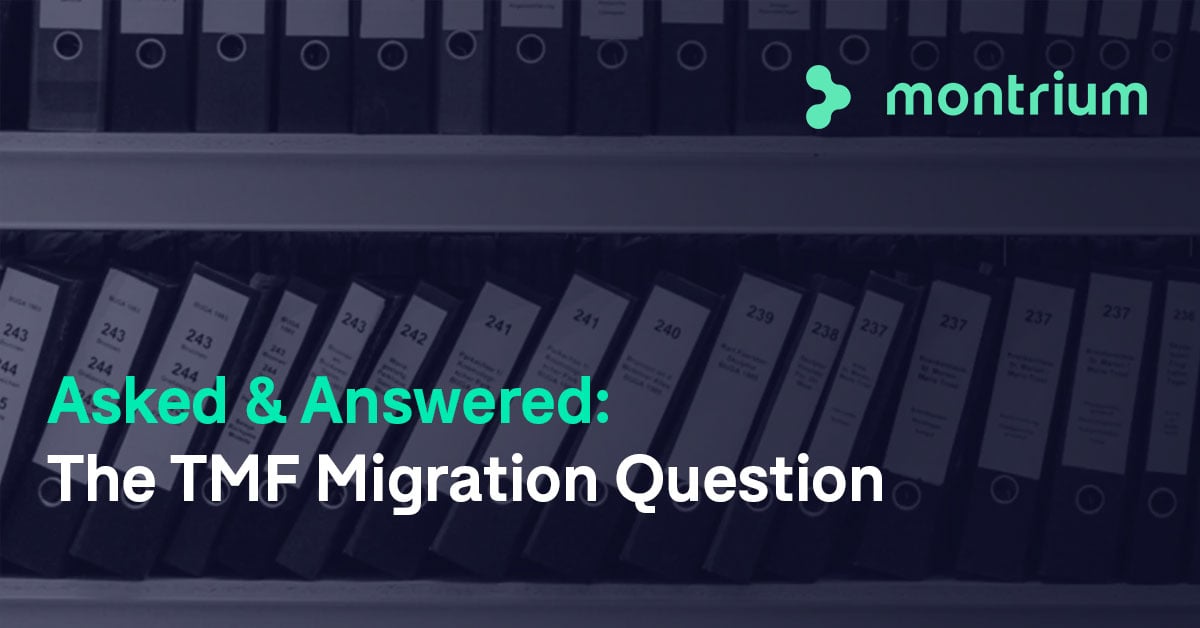

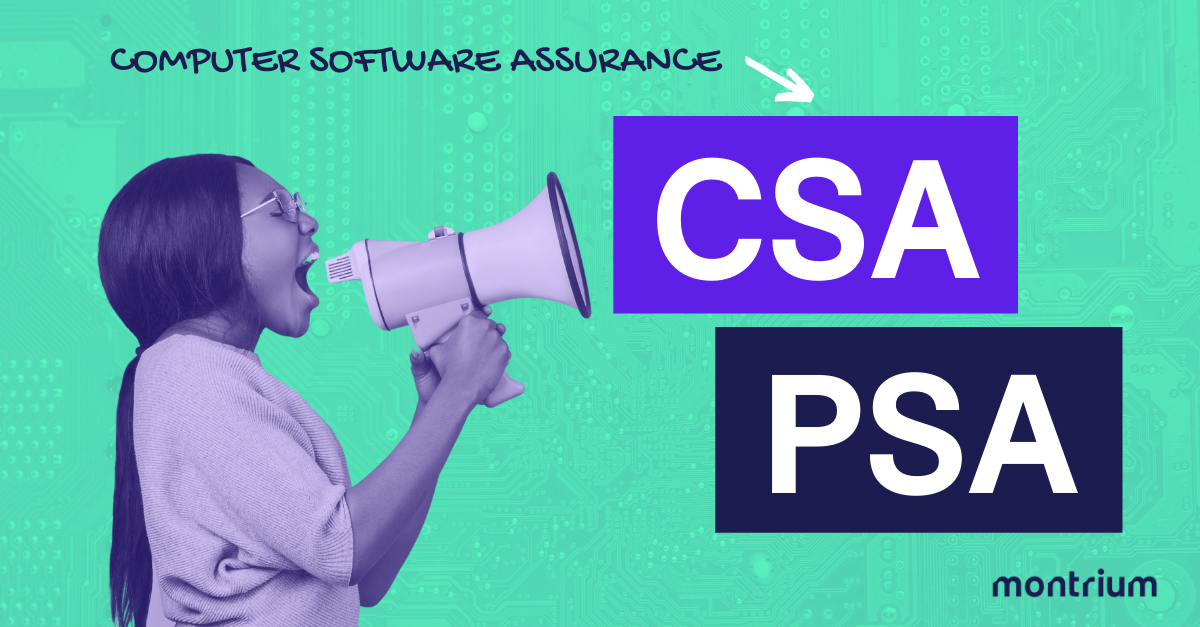
-1.png)
